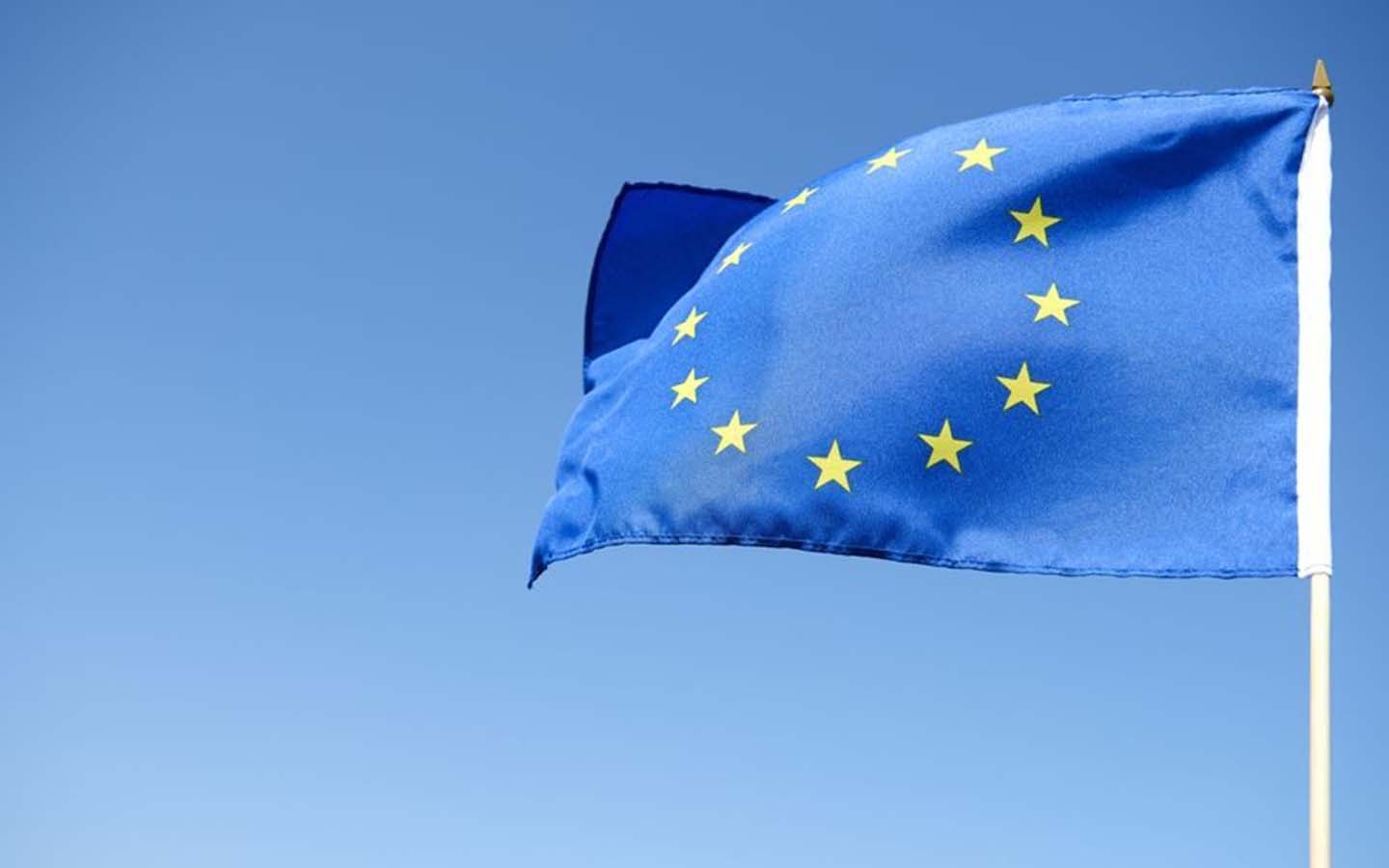
A report on non-communicable diseases by the EU Public Health Agency has officially recognized the effectiveness of vaping as a smoking cessation tool.
The European Parliament has officially recognized the important role of vaping in smoking cessation during a lengthy conference, after the EU Subcommittee on Public Health (SANT) approved the products on November 7. The development is considered a milestone in efforts to combat smoking-related diseases in the European Union (EU), by implementing tobacco harm reduction (THR).
Part of a wider push by the Parliament on non-communicable diseases, the report not only recognises vaping as an effective method of quitting smoking but is also expected to influence the direction of health policies across the EU. However, one point of contention remains regarding SANT’s initial recommendation to restrict vaping in certain public areas.
However, World Vapers Alliance (WVA) Director Michael Landl sees the recognition of vaping as a positive step forward, highlighting the remarkable shift in recognising the positive impact of the products on public health. He calls on the European Commission (EC), which has remained steadfastly opposed to THR strategies , to align with this view. He stresses that this endorsement represents a collective decision by the Parliament, the direct representative of EU citizens.
Discussing this development with Landl in an attempt to assess its significance, he told Vaping Post that while the Non-Communicable Diseases (NCD) report is significant, it must be remembered that it is not legally binding. “Firstly, it is important to note that while the NCD report is an influential document, it is not law and therefore does not have direct consequences for EU law. This means that the adoption of the report does not automatically translate into changes in law. However, its impact should not be underestimated.”
This report is unlikely to change the EU's stance at COP10.
Asked whether he thought the prominent anti-THR MEPs would be swayed by the NCD report, Landl replied that it would make it harder for them to deny the potential role of vaping. “I believe that the adoption of the report could be important, especially as we approach the negotiations on the Tobacco Products Directive (TPD) later this year. The report’s recognition of vaping as a potential smoking cessation tool makes it harder for MEPs to deny the benefits that vaping could bring in the context of public health and smoking cessation.
“The adoption of the report can be seen as a very positive step, which could potentially influence the direction of the upcoming TPD discussions (at least in the European Parliament),” he added. Sadly, however, the WVA director does not believe that the EU’s position , as it is known in the WHO’s infamous Conference of the Parties (COP), will be affected in any way by the NCD report.
Scheduled to take place in February 2024 , COP10 will address regulation of nicotine products, potentially affecting vaping products, snus, nicotine pouches and other alternatives to smoking. “In terms of the Conference of the Parties (COP) and proceedings, I think the NCD report is unlikely to have a significant impact. The EU’s position was agreed before the original COP date, and given the established nature of these positions, it is unlikely that the adoption of the NCD report will prompt significant change in the short term.
Snus still condemned
Meanwhile, another prominent figure in the European harm reduction debate, Bengt Wiberg , is leading the “EU for Snus” initiative to challenge the EU’s “unscientific” snus policy. He rightly stresses that if more people accepted nicotine use as is done in Sweden, many lives could be saved from premature death each year.
Like many of his colleagues, Wiberg points out that the EU’s stance on snus is rooted in ideology and politics rather than science, as EU politicians refuse to acknowledge the fact that researchers compare nicotine to caffeine – addictive but not harmful. He argues that the reluctance to lift the EU snus ban is motivated by prestige, as revoking the ban would require decision-makers to admit their mistakes. To this end, the EU is trying to influence EU decision-makers, especially with COP10 taking place next month.
*** Snus is a smokeless tobacco product that originated in Sweden and is widely popular in Scandinavia. It has been a part of Swedish culture for over 200 years and is now becoming popular in other parts of the world. The word “snus” comes from the Swedish word for breath, which is “snuff”.
The production of snus involves a unique pasteurization process that eliminates bacteria and preserves the quality of the tobacco. This process also gives snus a longer shelf life than other tobacco products.
Snus comes in a variety of flavors, including mint, citrus, and fruit. Some brands also offer stronger versions of snus, for users who want a stronger nicotine hit.
*** (THR) Tobacco Harm Reduction : Reducing the harmful effects of tobacco
The European Parliament Has Officially Recognized Vaping as a Smoking Cessation Tool - Vaping Post







![[H] dotMod dotAIO X Pro](http://thevapeclub.vn/cdn/shop/files/h__dotmod_dotaio_x_pro_1faf8f9936ab41d0acec625b36f445b1.png?crop=center&height=20&v=1723177235&width=20)
![[H] dotMod dotAIO X Pro](http://thevapeclub.vn/cdn/shop/files/dotmod_dotaio_x_pro_black_19673d303b75438a9b5e0dddb261b88a.png?crop=center&height=20&v=1723177234&width=20)






